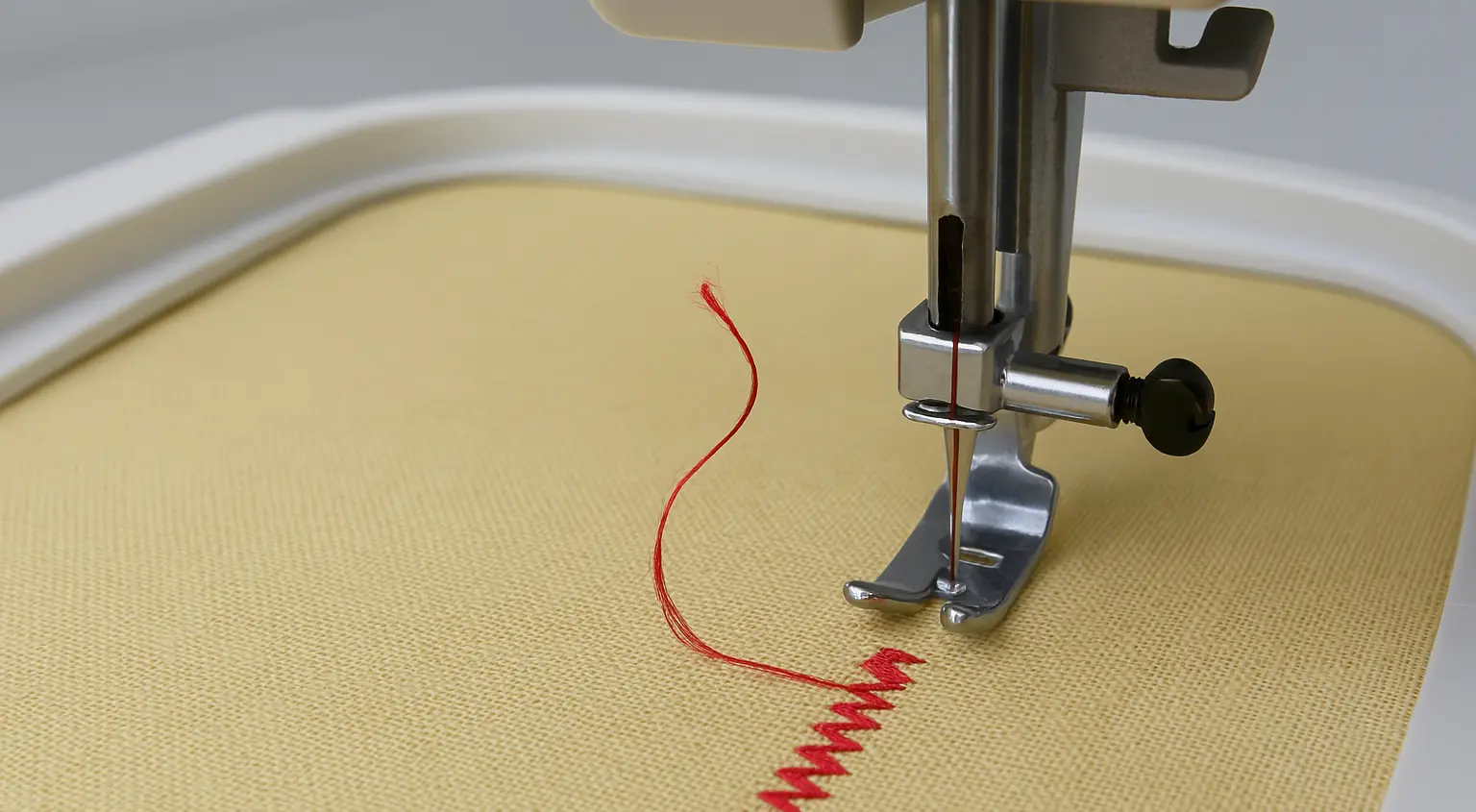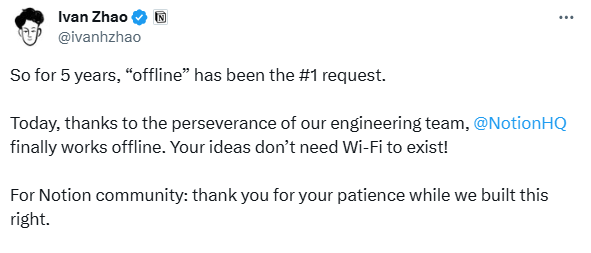Machine embroidery requires skill, care, and attention to detail. One of the most annoying things for both beginner and expert embroiderers is thread breakage. Thread breakage can keep you from working, waste time and materials, and even ruin your project.
The good news is that thread breakage is common and easy to fix with a few simple changes. In this post, we’ll discuss the causes of machine sewing thread breakage and provide effective ways to fix them. You can reduce the amount of thread breakage and enjoy a better, more efficient sewing process by finding out why it happens and fixing them.
What Is Thread Breaking in Machine Embroidery
Thread breaking occurs when needlework thread breaks while being stitched, either in the middle of the pattern or just before it is finished. This can cause the stitching to stop, resulting in uneven or incomplete designs. It can also make the fabric look sloppy or broken, ruining the overall appearance of your project.
Thread breaking happens due to several reasons: bad thread quality, incorrect settings on the machine, or issues with the machine itself. By understanding the causes, you can prevent thread breaks and ensure smooth stitching for your designs. Whether you’re just starting out or have years of experience, knowing why the thread breaks will help you find the best way to fix it.
Common Causes of Thread Breaks
It’s normal for machine embroidery threads to break, which can stop the stitching process and lower the quality of your project. There are many things that can cause threads to break, and knowing what they are is important for stopping it.
-
Low-Quality or Old Thread
Old or low-quality thread is unsuitable for sewing since it can quickly break during use. As the thread ages, its strength and flexibility weaken, making it brittle and prone to breaking. Furthermore, storing the thread in direct sunlight or at high temperatures for an extended period of time might impair its quality. As a result, correctly storing and using thread is essential for ensuring that it lasts longer and does not create problems during sewing.
-
Incorrect Needle Type or Needle Damage
Using the wrong needle type or a broken needle might result in a variety of sewing complications. A bent, dull, or burr-ridden needle may cause the thread to fray or break when sewing. It is important to pick the correct needle size for the fabric type you are dealing with and to keep the needle in excellent condition. Regularly examining and replacing faulty needles will help you avoid needless sewing issues and preserve the quality of your work.
-
Improper Threading
Incorrect threading is one of the leading causes of thread breakage. If the thread does not travel smoothly through all of the guides, or if a stage in the threading process is skipped, tension difficulties might arise, resulting in thread snapping. Even little errors in the threading route may lead to major issues, so carefully follow the machine’s threading instructions.
-
Thread Tension Problems
Thread tension is crucial to maintaining smooth sewing. If the tension is excessively tight, the thread is pulled too forcefully, resulting in breaking. Conversely, if the tension is too slack, the stitches will be irregular, and the thread may break. To prevent these concerns, it is critical to strike the appropriate tension balance.
-
Machine Imperfections
Over time, your embroidery machine may acquire burrs, scratches, or rough patches, especially on the needle plate, bobbin box, or thread guides. These irregularities may catch and harm the thread, resulting in breaks. Regular machine maintenance and inspections are required to keep things working well and avoid these issues.
-
Bobbin Issues
Bobbin problems are another typical cause of thread breaking. If the bobbin is wound unevenly or not properly placed, it might cause uneven tension and thread breakage. Furthermore, lint and fuzz accumulation in the bobbin casing might interfere with the bobbin’s smooth movement, increasing the risk of breaking. Regular cleaning of the bobbin case might help avoid this problem.
How to Prevent Thread Breaks
Breaks in the thread can be annoying and stop your embroidery projects in the middle. Following these easy steps will help make sure that the thread doesn’t break and the stitching goes more smoothly:
- Use High-Quality Thread: Always choose high-quality embroidery thread, such as 100% polyester or rayon, designed specifically for machine embroidery. These threads are more durable and less likely to break. Store the thread in a cool, dry place to prevent brittleness and damage.
- Replace Needles Regularly: Change the needles often, especially if they get dull or bend. Choose the right needle size for the cloth. For thin fabrics, use small needles, and for thick fabrics, use heavy needles. Check the needles for damage or burrs that could cut the thread.
- Check Treading Carefully: Follow the manufacturer’s threading instructions carefully. Ensure that the thread passes smoothly through all guides, tension discs, and the needle eye. Skipping steps might cause thread breaking.
- Adjust Thread Tension Properly: Make sure that the tension is right for your fabric and thread. When the tension is too high, the thread can break, and when it’s too low, the stitches will be uneven. Test your project on a piece of scrap fabric before you start.
- Maintain Your Machine: To keep the thread from breaking, clean and fix your machine on a regular basis. Keep the bobbin case and needle plate clean and look for burrs or rough spots that could damage the thread. Putting oil on the machine on a regular basis will help it run smoothly.
It’s a good idea to get a full service done after purchasing a machine for embroidery. This ensures the machine is in optimal condition, checking parts like the needle, thread tension, motor, and other components. Regular servicing helps identify hidden issues early, preventing future problems, and ensures the machine runs efficiently, improving the quality of your embroidery work.
Conclusion
Thread breaking in machine embroidery may be irritating, but you can decrease or eliminate it with the appropriate solutions. Using quality thread, maintaining needles, changing thread tension, and cleaning the machine all help embroidery go smoothly.
By handling thread breakage, you may save time and increase embroidery quality and uniformity. These ideas and strategies can help you create professional-looking embroidered items without hassle.












